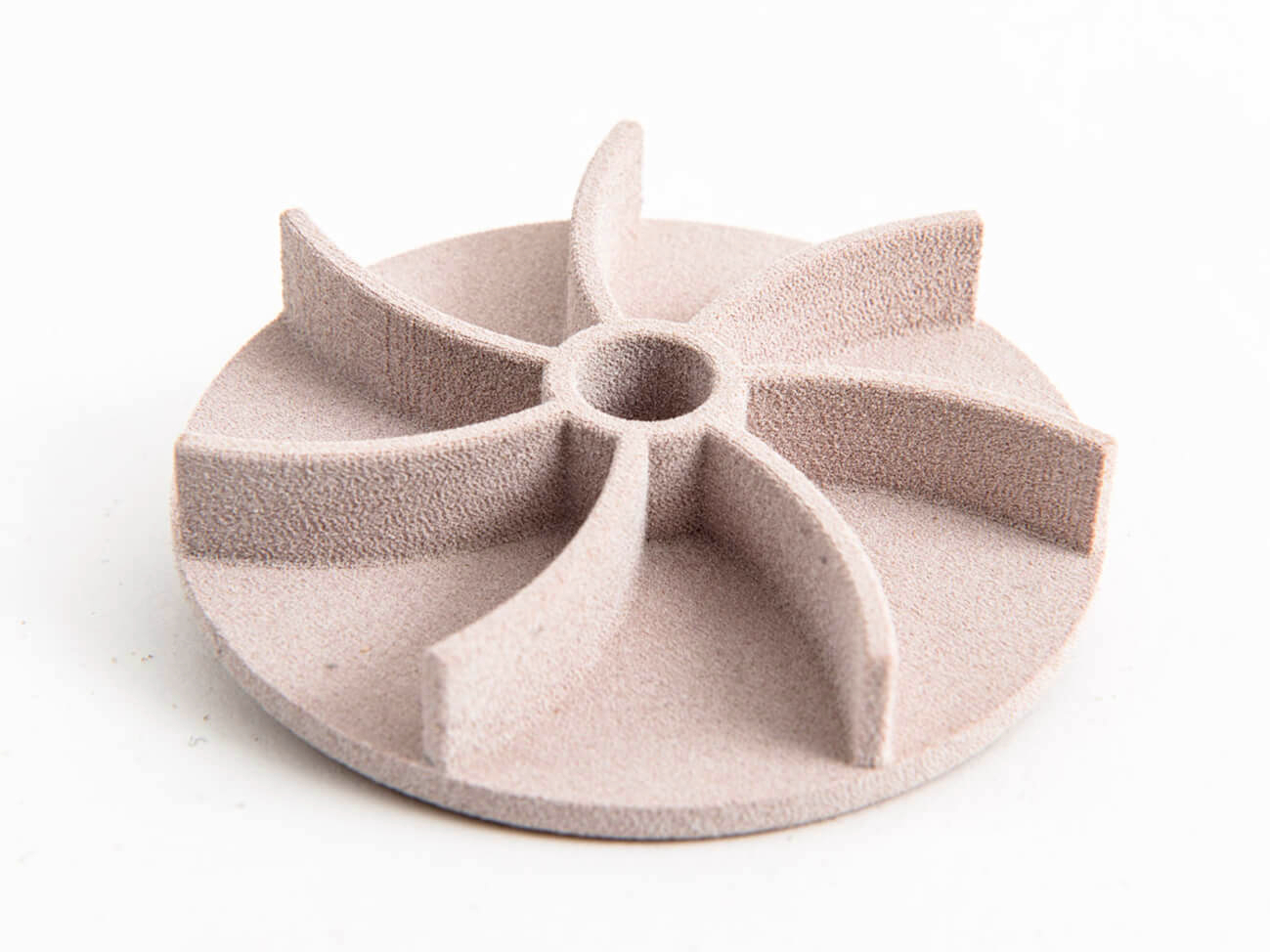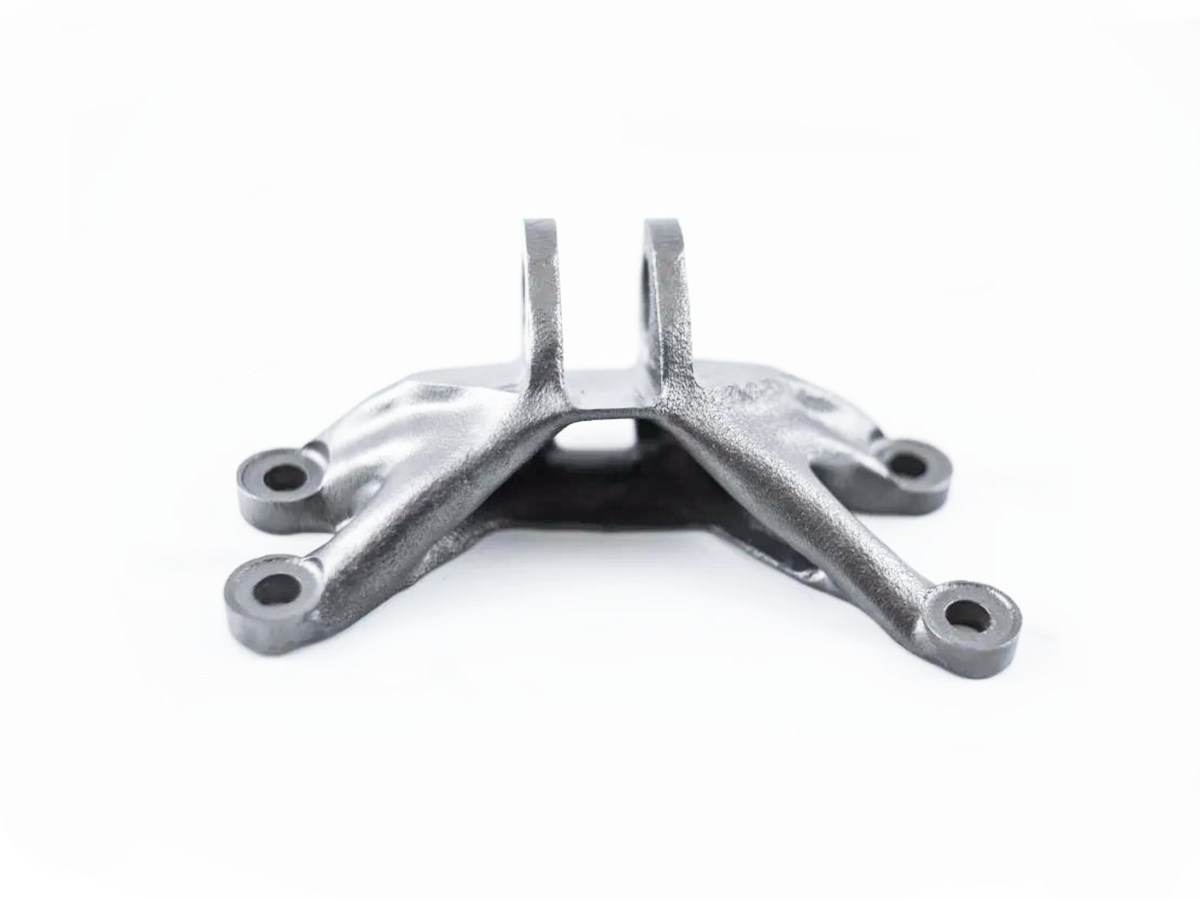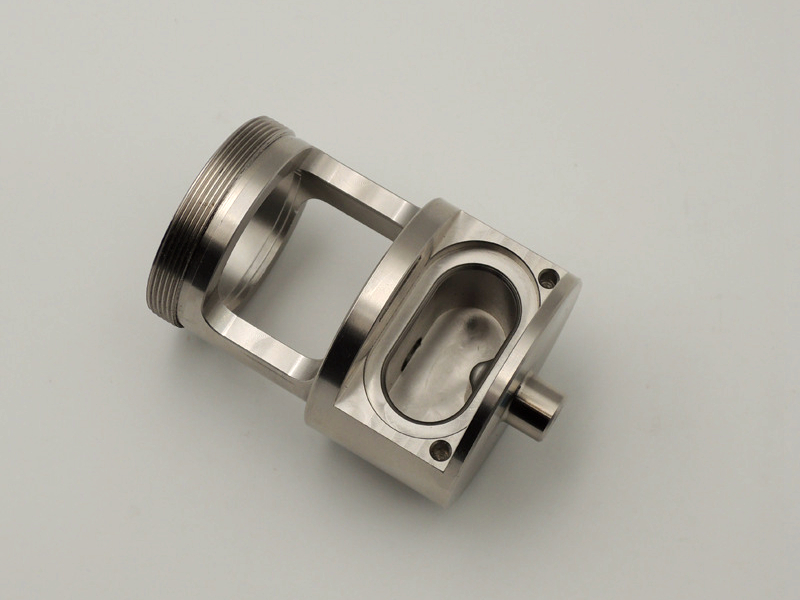What internal defects occur in DMLS Inconel parts, and how are they controlled?
From an engineering perspective, internal defects in DMLS Inconel parts are primarily driven by the interaction of laser energy, powder quality, scan strategy, and support of overhanging features. When we manufacture critical superalloy components via Direct Metal Laser Sintering (DMLS) and then finish them using downstream superalloy CNC machining services, our goal is to control porosity, cracks, and microstructural inhomogeneity to meet the demanding requirements of aerospace, power generation, and oil and gas applications.
Typical internal defects in DMLS Inconel parts
The most common internal defect is porosity. Lack-of-fusion pores occur when laser energy is insufficient or scan tracks are misaligned, leaving unmelted regions between layers. Gas porosity and keyhole pores form when trapped gas or excessive energy creates vapor cavities that solidify into rounded voids. In high-strength alloys such as Inconel 718 or generic Inconel alloys, these pores can act as fatigue crack initiators under cyclic loading.
Another defect class is microcracking, especially hot tears along grain boundaries. Ni-based superalloys have narrow solidification ranges and high residual stresses; if process parameters or part design are not optimized, thermal gradients can lead to microscopic cracks within the bulk. Finally, lack-of-consolidation zones (unmelted particles, incomplete re-melting of previous layers) can appear in shadowed regions, very thin walls, or areas with poor heat dissipation.
Process parameter and powder control
Defect control starts with the powder. We specify aerospace-grade Inconel powders with strict particle size distributions, spherical morphologies, and low oxygen contents, and we monitor reuse cycles to prevent degraded flow and increased gas pickup. On the process side, DMLS parameter sets (laser power, scan speed, hatch distance, layer thickness) are carefully tuned and locked down for each alloy and part thickness range.
Build strategies—such as stripe or chessboard scanning, contour passes, and rotation of scan vectors—are used to reduce residual stress and avoid repeated heat accumulation in the same area. For critical programs, we rely on process windows developed through coupon builds and destructive testing, then apply statistical process control to maintain melt pool stability. For many end-use parts, we combine DMLS with near-net-shape design and finish critical dimensions by CNC machining services and, where needed, EDM machining to remove any surface-connected defects.
Post-processing and NDT to mitigate internal defects
The most effective method to reduce internal porosity in DMLS Inconel parts is hot isostatic pressing (HIP). Under high temperature and isostatic gas pressure, sub-surface pores close and bond, significantly improving fatigue life. HIP is typically followed by a tailored heat-treatment cycle for alloys like Inconel 718, which develops the required gamma-prime/gamma-double-prime precipitation and mechanical properties.
After HIP and heat treatment, we perform precision precision machining and CNC grinding services on sealing surfaces, bearing journals, and interfaces to eliminate surface-breaking defects and ensure dimensional accuracy. Internal quality is verified through non-destructive testing, including X-ray or CT scanning for porosity and lack of fusion, ultrasonic inspection for planar indications, and, where appropriate, dye penetrant inspection for surface-breaking cracks.
For serial production, we qualify the entire additive-to-machining route—powder, DMLS build parameters, HIP, heat treatment, finishing, and inspection—on representative test components. This integrated approach enables DMLS Inconel parts to meet the reliability requirements of turbine hot-section hardware, heat exchangers, and high-pressure manifolds, while preserving the design freedom and lead-time benefits of metal 3D printing and CNC machining of custom parts.



